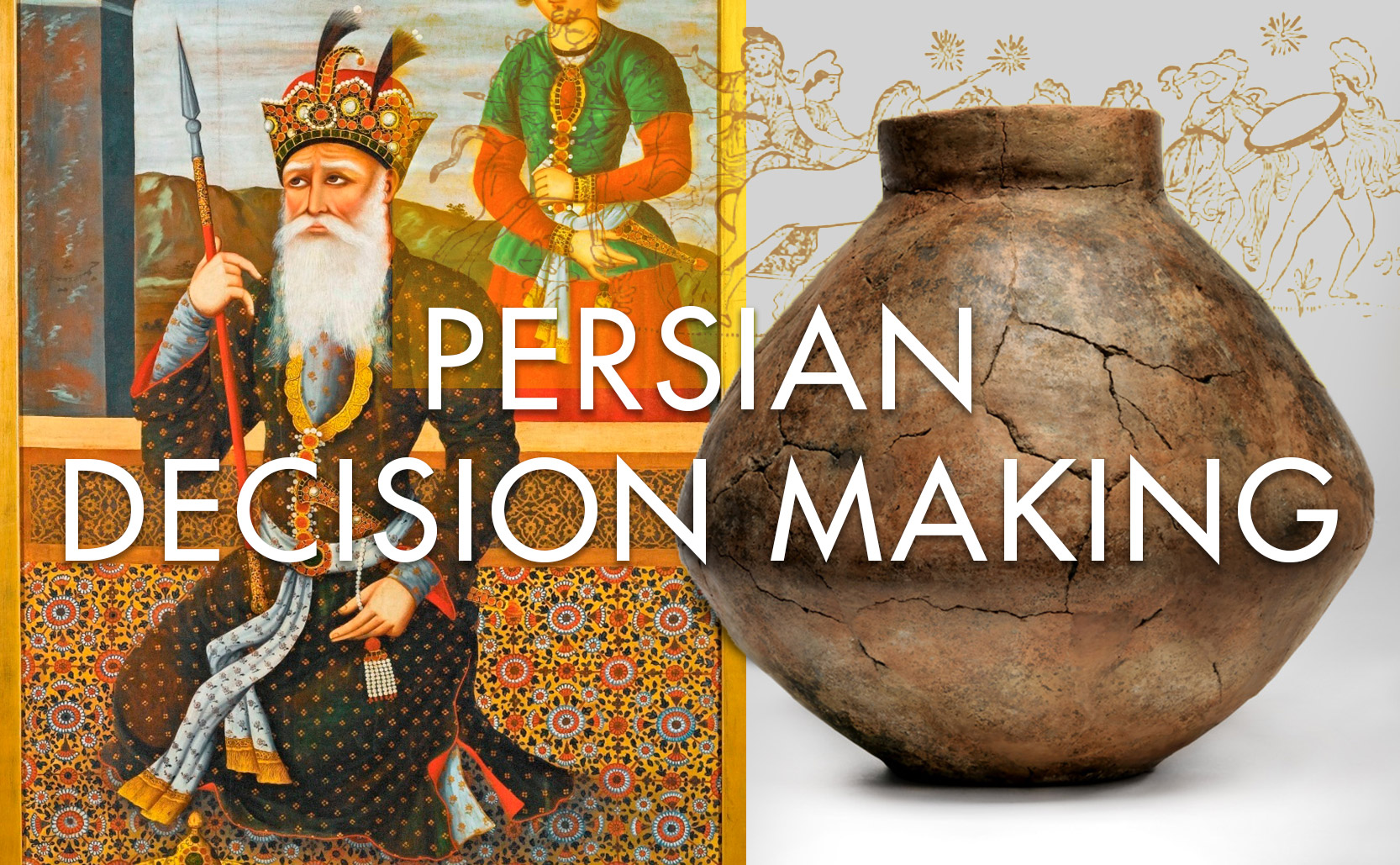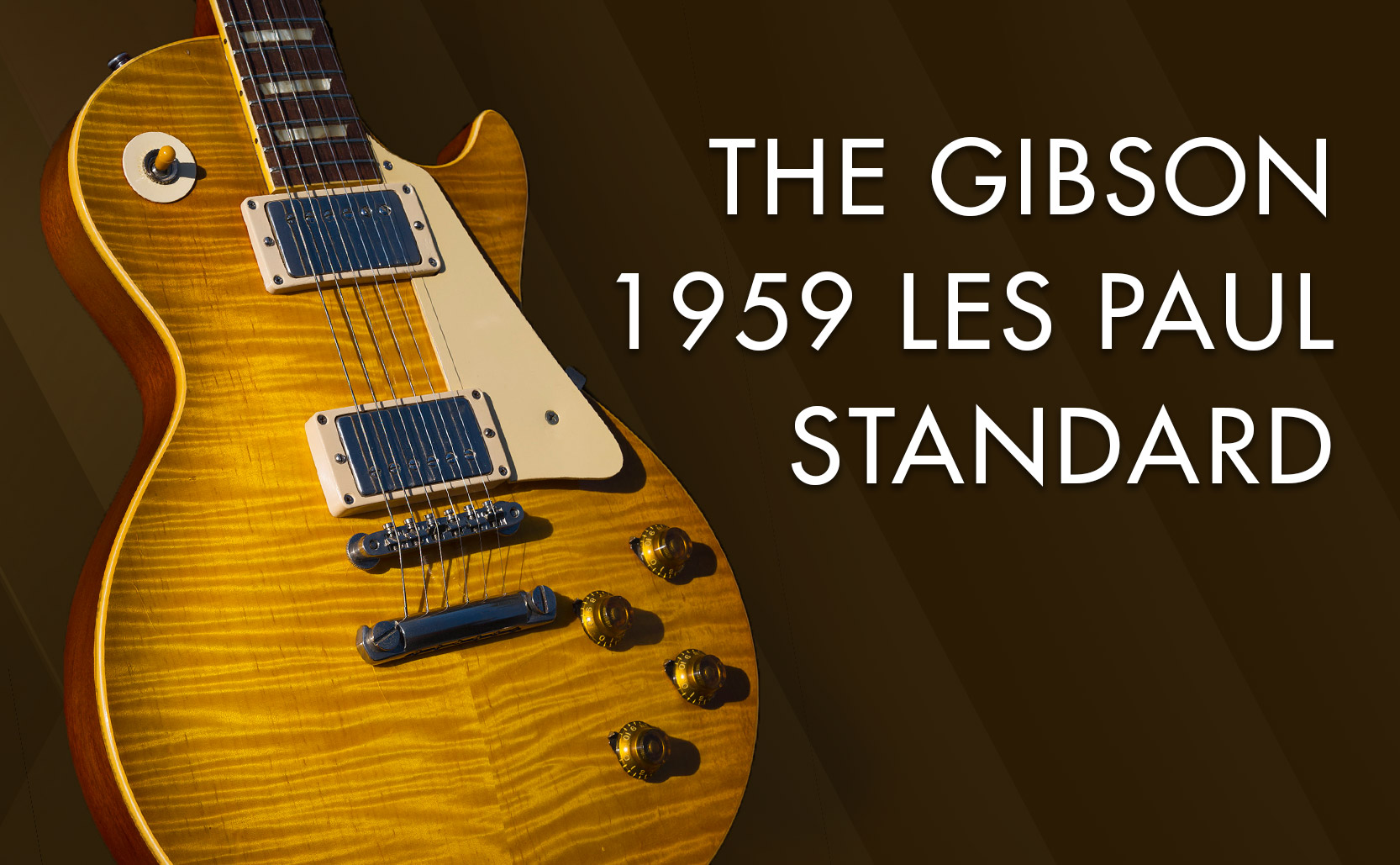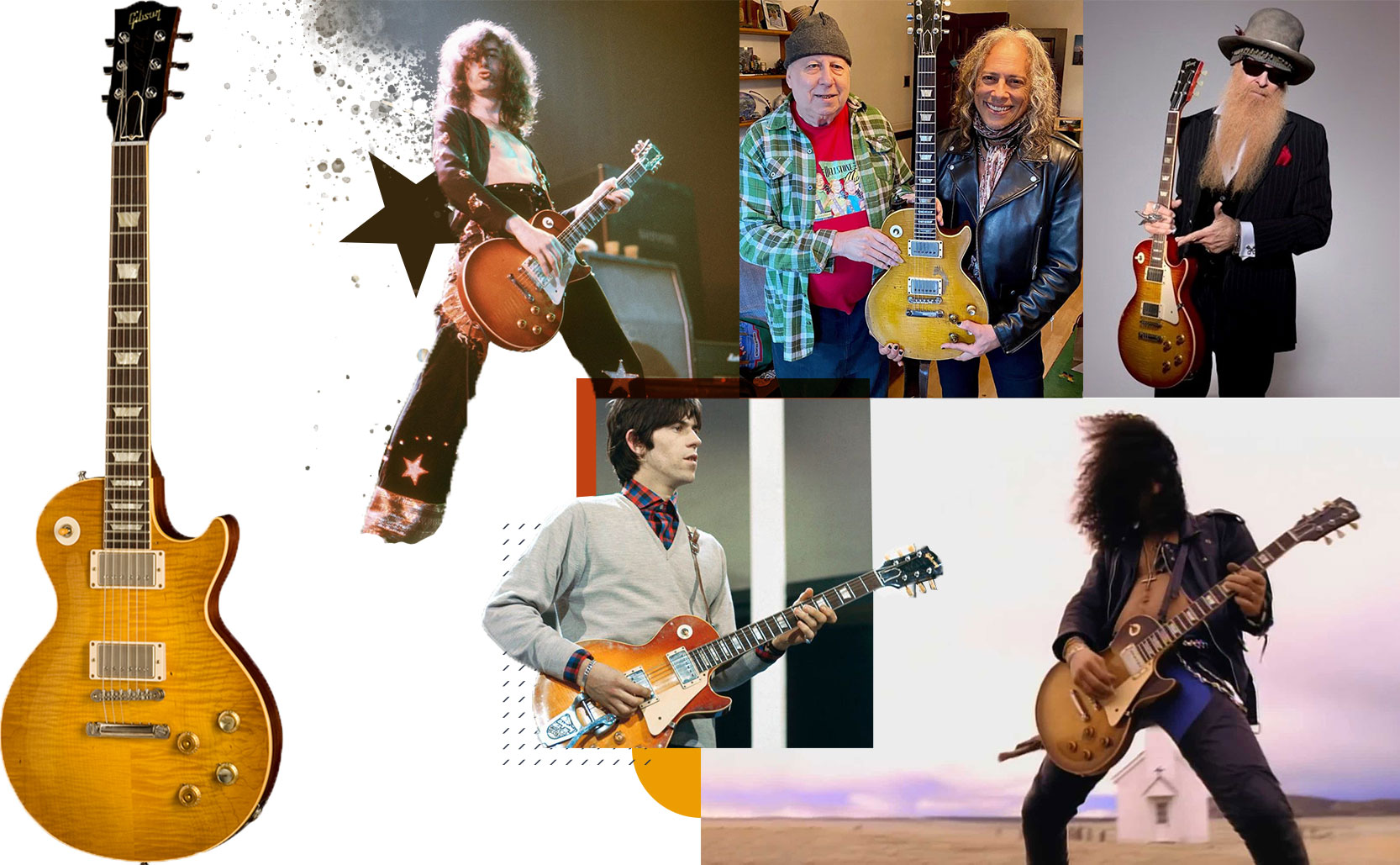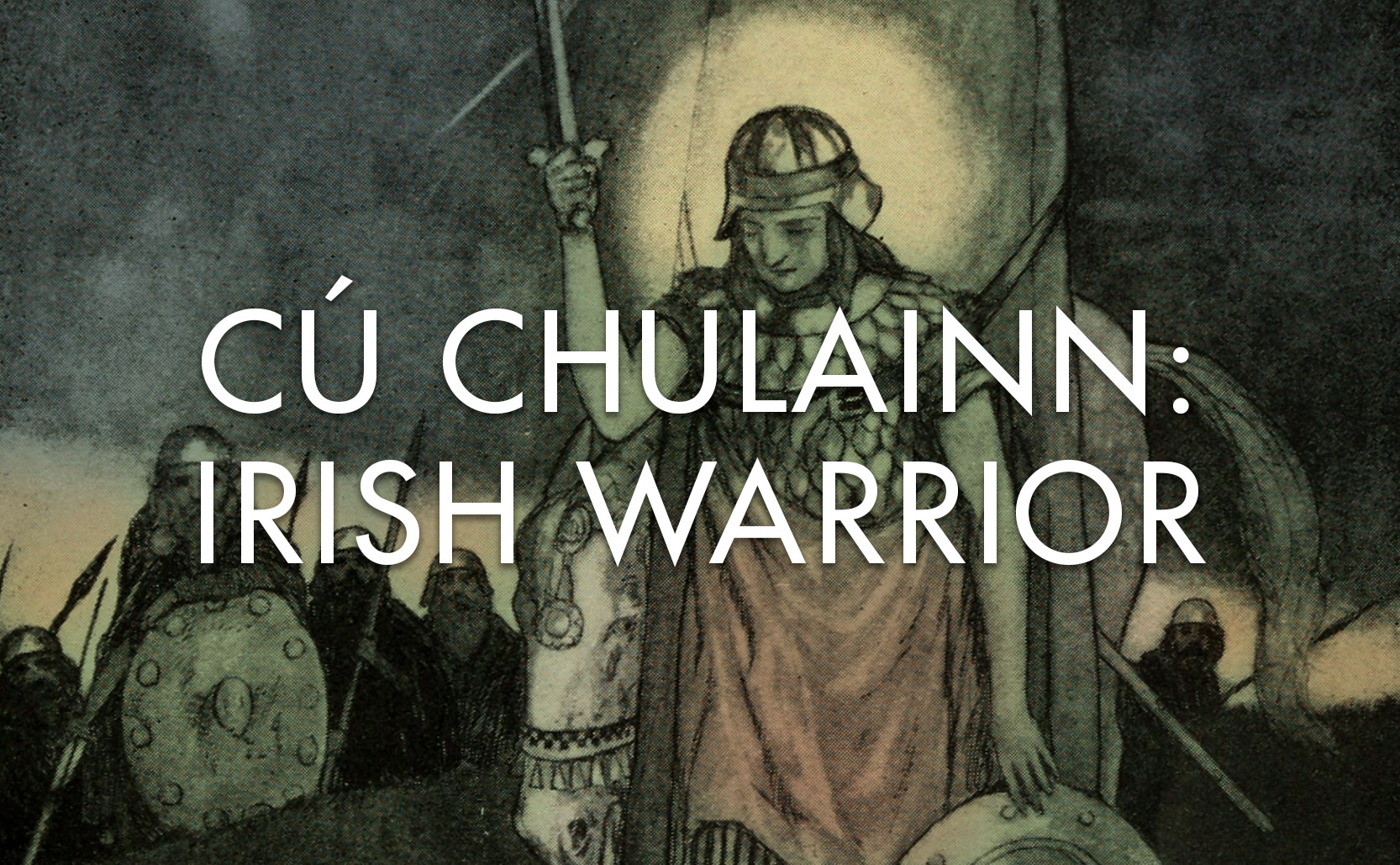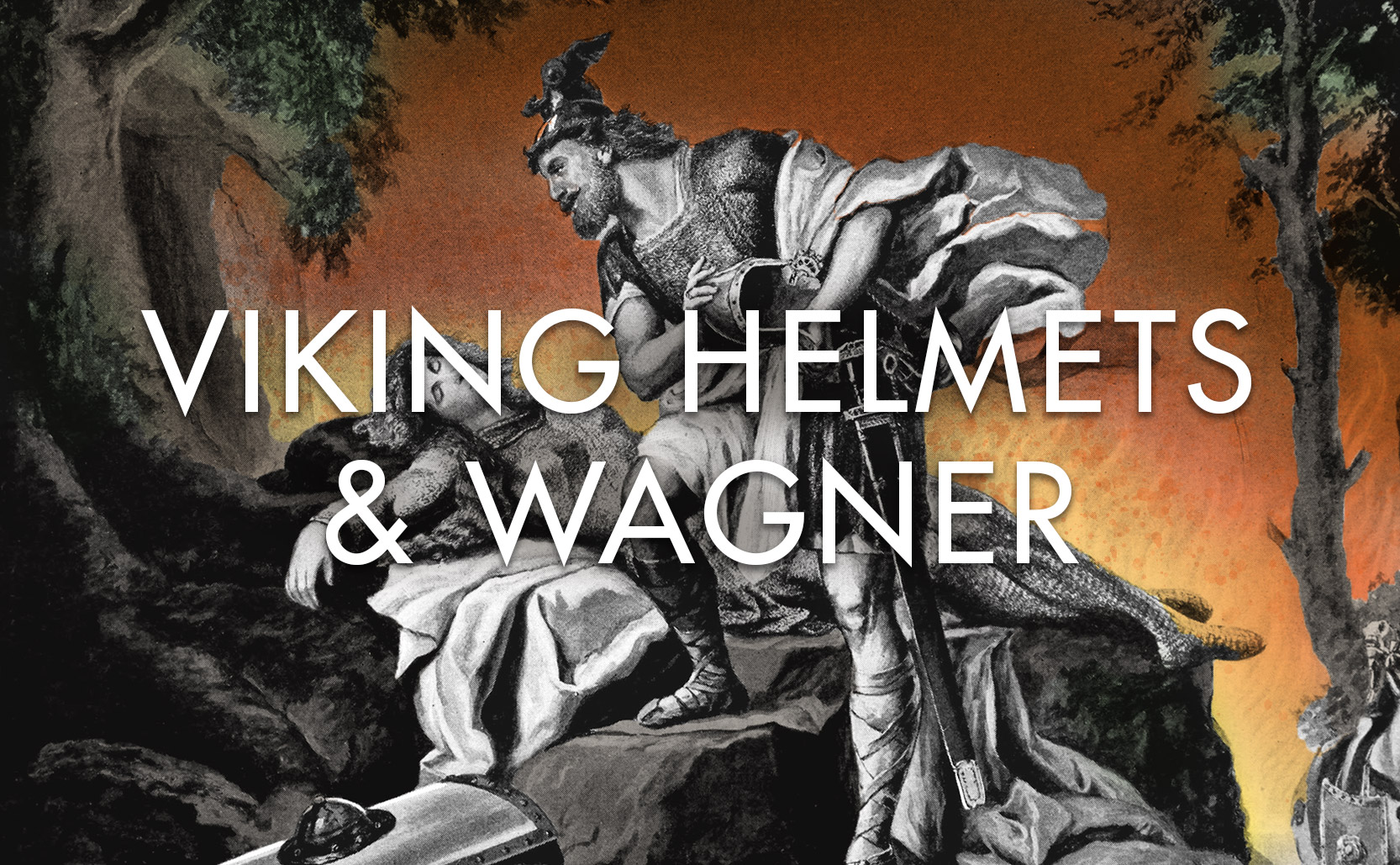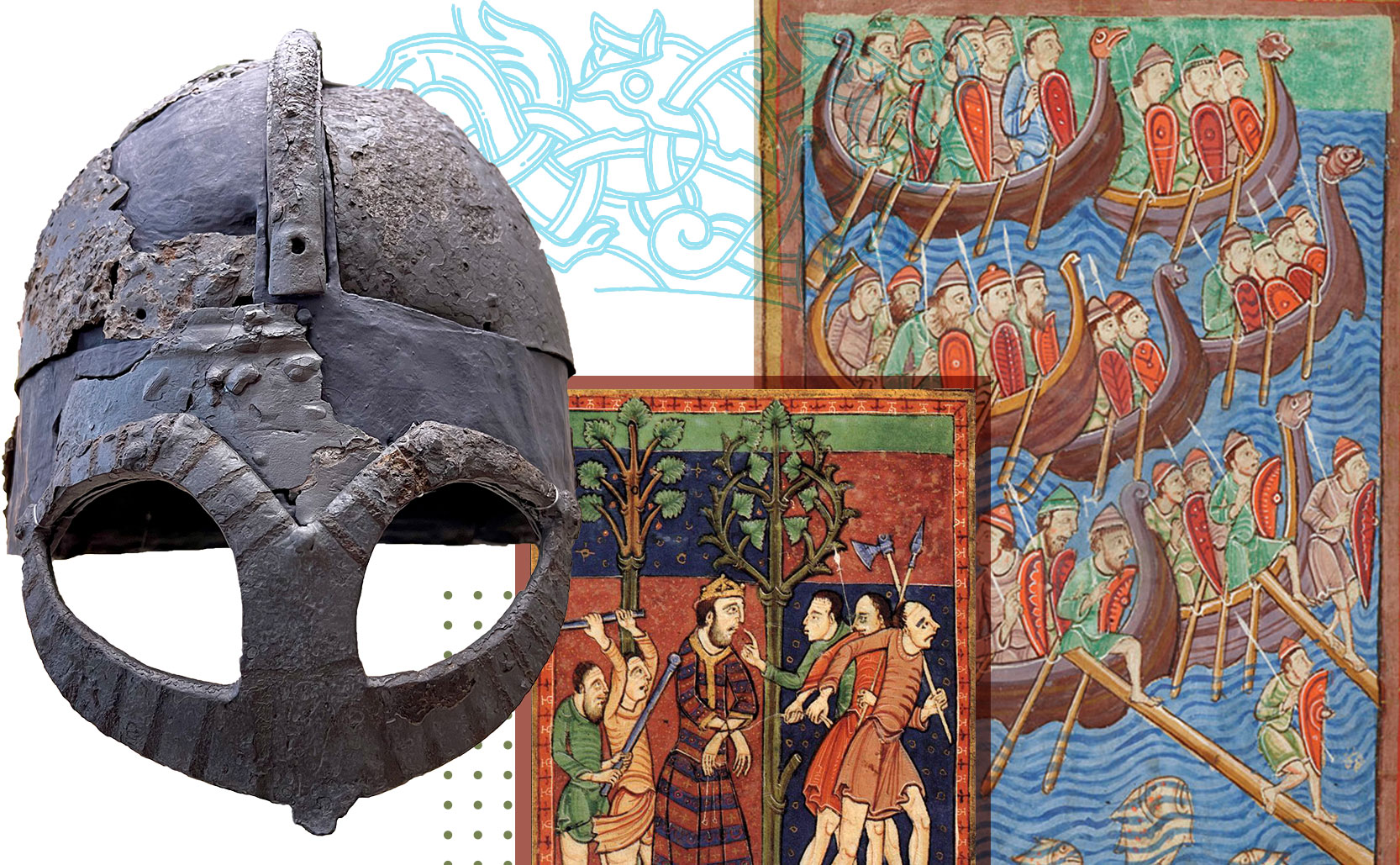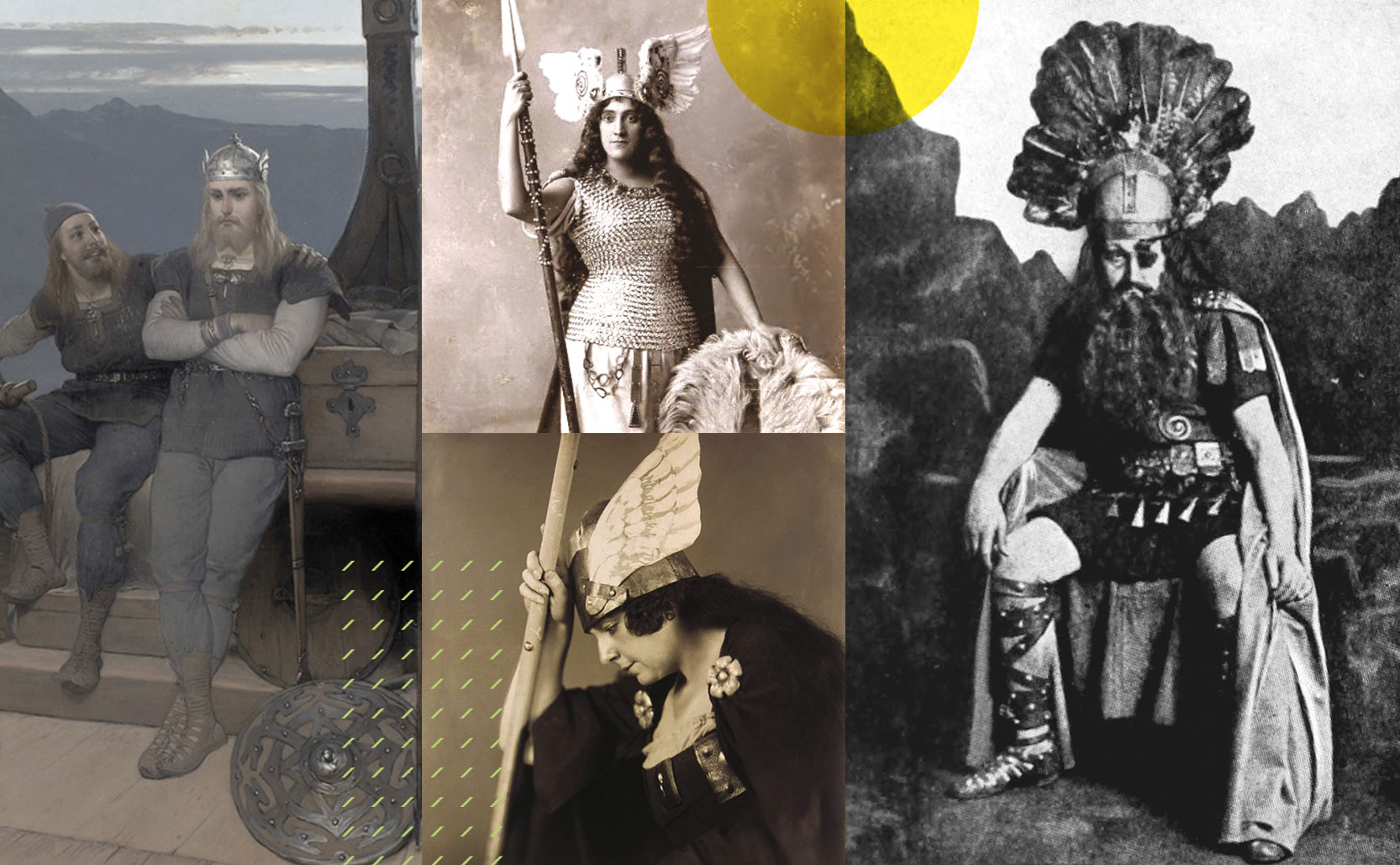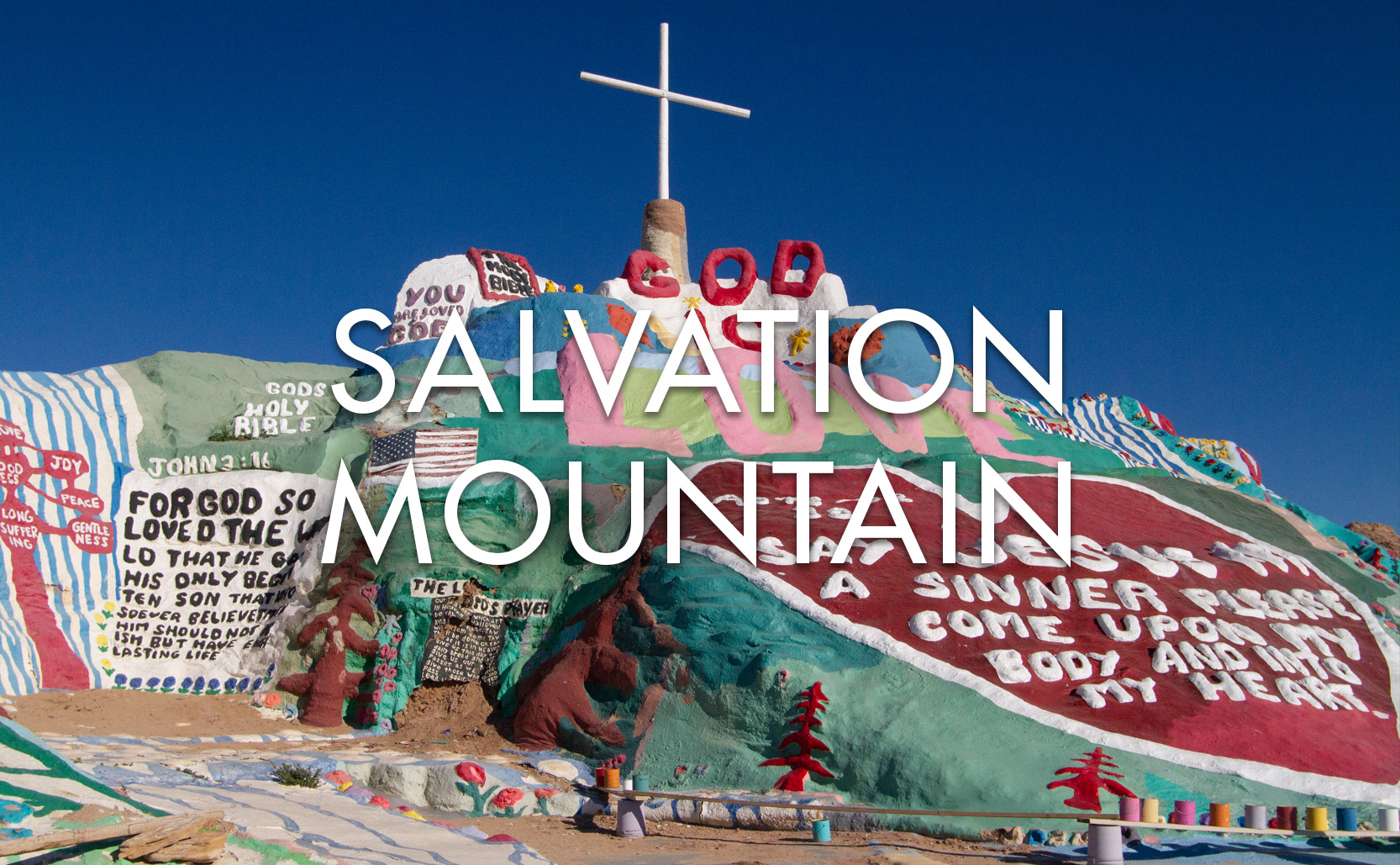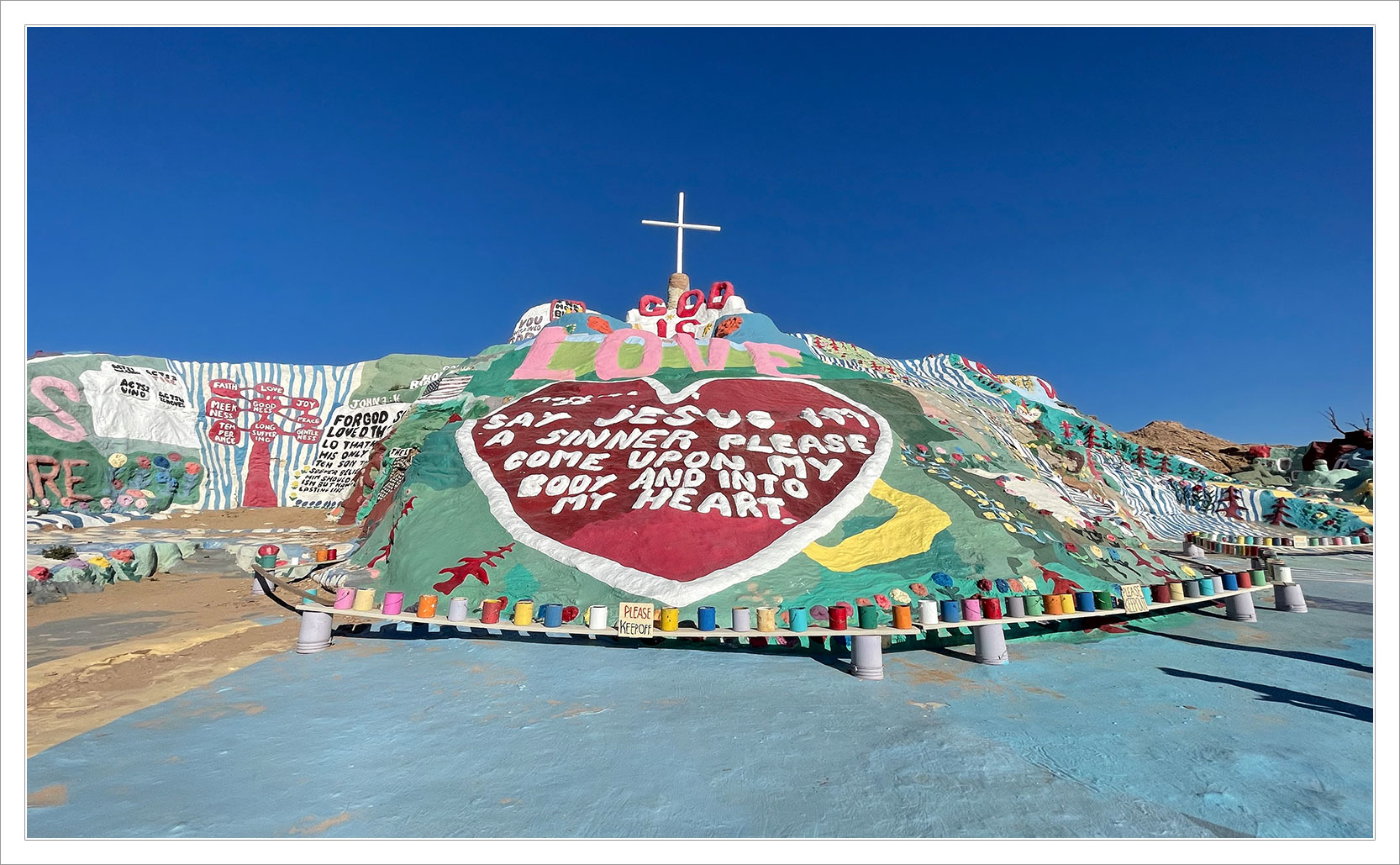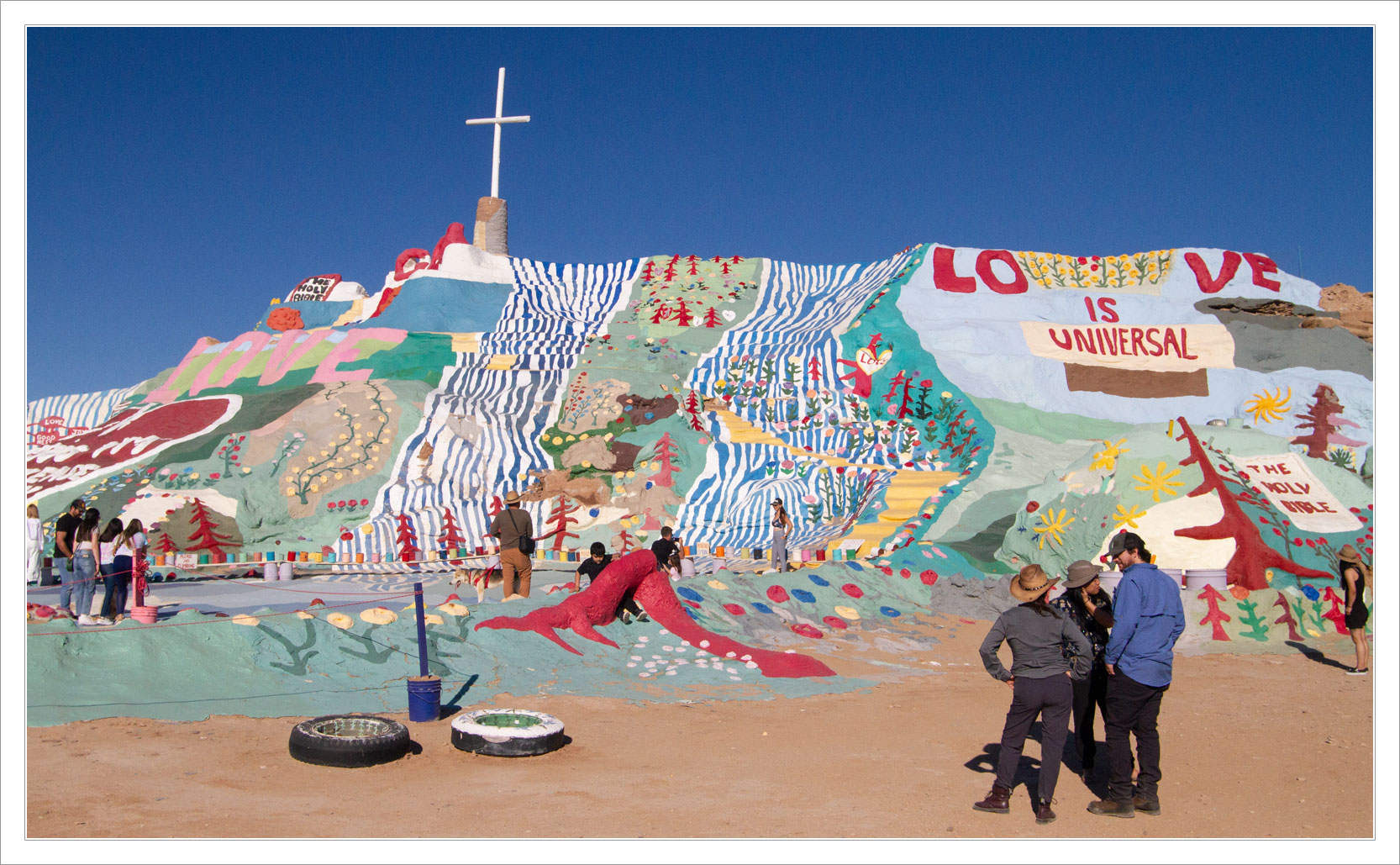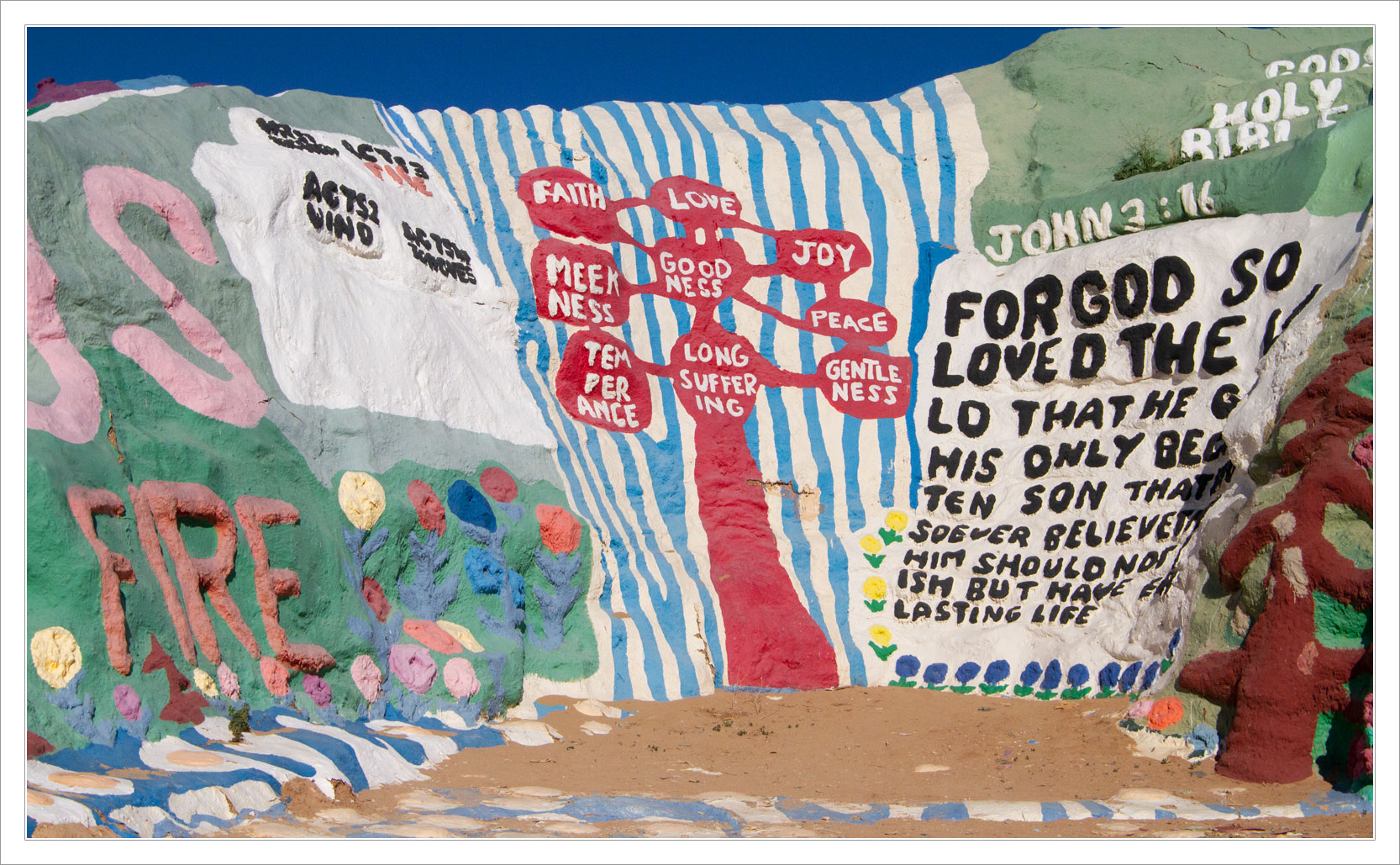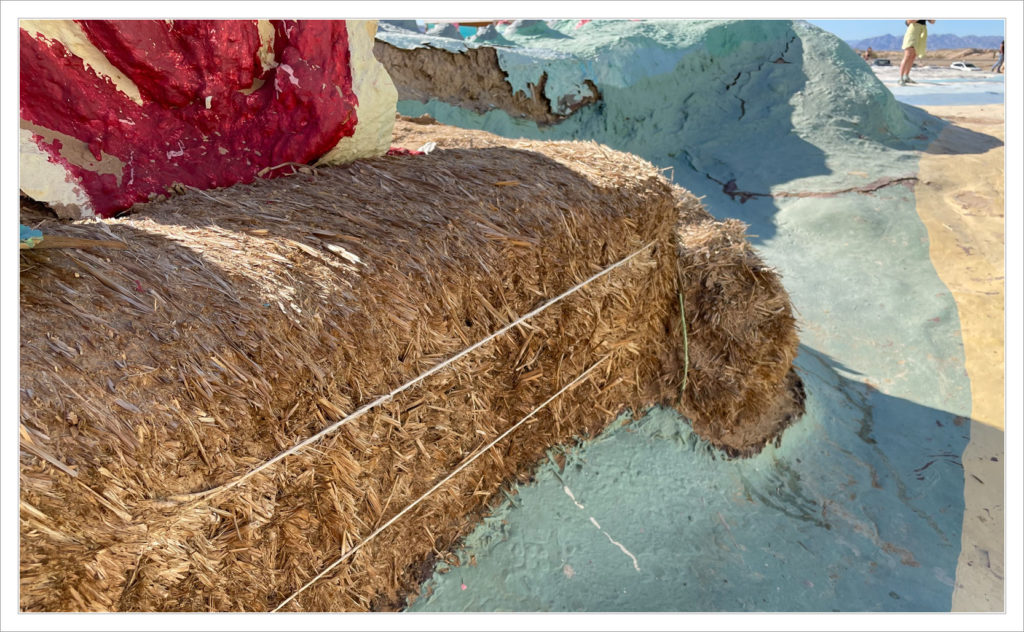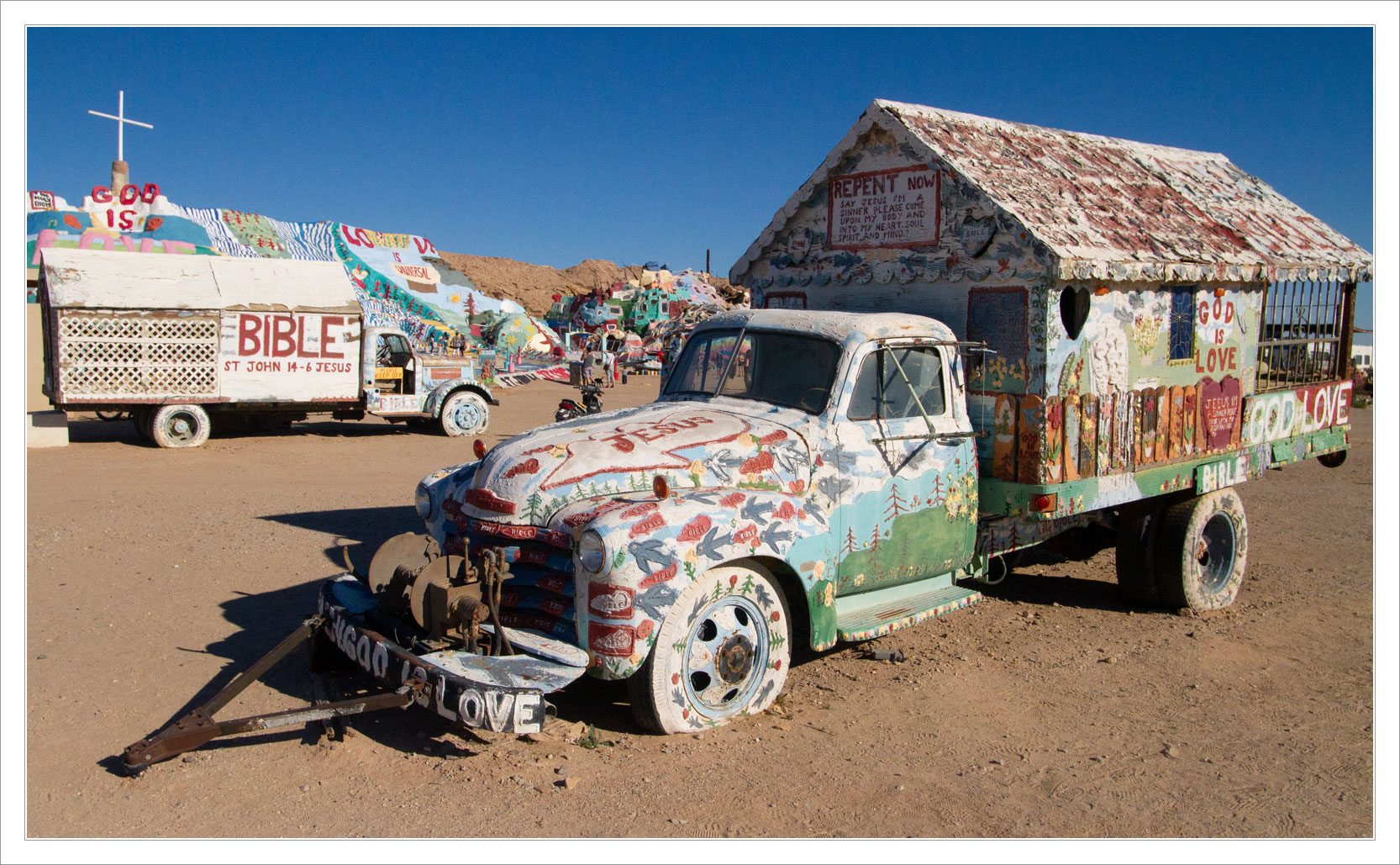Persian Decision Making
The idea that ancient Persians would make a decision drunk then make it sober to see if the two match.
Herodotus was a 5th century BCE Greek whose Histories changed how world history is recorded and earned him the title of the “Father of History”. Histories contains a record of the Greco-Persian Wars as well as other stories and information from around the ancient world. Some things he got right, some he got wrong. He did the best he could, but he also wasn’t an impartial recorder of events which meant some things became exaggerated or biased. One such example is his account of how Persians would make important decisions.
Drunk History
In Histories Herodotus reported that the Persians had a peculiar method of decision making. Supposedly they would get drunk on wine and come up with a solution to a problem. Then, the following day while sober they would think about the problem again and consider if the previous night’s decision was still a good idea. This process could also be done the other way around – sober first, then drunk. In either order, if the two decisions agreed then the decision was adopted. If they did not, the Persians would have to think on the matter some more.
At face value this a Persian version of the Latin phrase “In vino veritas” or “In wine, there is truth”. It’s also a bit like an ancient version of the misattributed Hemingway quote “Write drunk, edit sober” (which is actually by humorist Peter De Vries). The Persians would use wine to come to the truth of a dilemma and confirm the truth when sober. While a fun anecdote, it seems unlikely they did this in the way Herodotus describes.
To start, it’s improbable that the Persian empire was in the regular habit of making all important decisions twice. Further this story says more about Herodotus than it does about the Persians. The Greeks drank their wine diluted with water but the Persians drank their wine undiluted (as we do today). Drinking undiluted wine was seen by the Greeks as decadent and even barbaric, and Herodotus uses this story to depict the Persians as less civilized than the Greeks. There’s also a double standard in how he portrays Persia’s wine & wealth as a negative (again as decadent), even though a similar wealth amongst the Greeks would be seen as a positive. Further, while they may have drank wine differently, the Greeks enjoyed wine just the same as the Persians did. More than anything though, this is an account of Persian culture by a Greek. To get a more accurate portrayal of Persian culture we should look to the Persians themselves.
Persian Wine
Wine has been an important part of Persian culture for thousands of years (far longer than its recent prohibition). One of the world’s earliest known wine-making artifacts originates in Neolithic Persia (in modern day Hajji Firuz, Iran) from around 5,000 BCE. According to Persian folklore the legendary Shah Jamshid (who lived for 700 years) is said to have inadvertently discovered wine after one of his harem women found and drank from a jar of old fermented grapes.
At the time of Herodotus wine was a staple of Persian society. It was safer to drink than water (which was true around the ancient world), but more importantly people enjoyed it just like we do today. Wine was enjoyed at all levels of society from royalty to commoners, at social gatherings, meals, and political meetings. Given how common wine was in Persian society, perhaps the wine being drunk while making decisions was incidental to the decision making and not the focal point as Herodotus would lead us to believe.
Added info: the Persian region of Shiraz had a long history of wine production and was once Iran’s “wine capital”. After the 1979 Iranian Revolution however, alcohol was banned throughout the country and Shiraz no longer makes wine. Also the wine type of Shiraz is not named for the region, and Shiraz and Syrah wines are the same thing.


